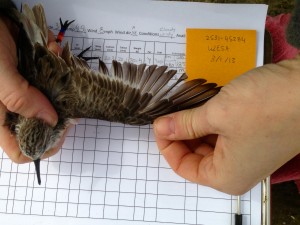April 2021: So honored to serve as the Science Advisor for the RESTORE Council who today approved $302M in restoration activities across the Gulf of Mexico. http://ow.ly/3zNj50EA7fS
April 2020: It is hard to believe that it has been 10 years since the Deepwater Horizon oil spill began impacting the coasts and ecosystems of the Gulf of Mexico. Although there is much work to be done, progress is being made in restoring the Gulf Coast thanks to funding resulting from Deepwater Horizon settlement dollars. You can read a brief history of funding and accomplishments in the Gulf since the spill in my co-authored manuscript appearing in the 10-year special commemorative issue of Shore and Beach Journal.
August 2019: Very excited about to be a part of this Estuaries and Coasts publication that presents a framework for the evaluation of restoration activities in a watershed using the Tampa Bay estuary as a case study. This work was the result of #OSS2017 data synthesis training at the National Center for Ecological Analysis and Synthesis in Santa Barbara, CA.
August 2019: The Gulf Coast Ecosystem Restoration Council has approved the FPL 3 Planning Framework! The Planning Framework identifies Council priorities that link past and future restoration funding decisions.
June 2018: Excited to have been an author on the EOS Feature article on managing the Mississippi River and its delta.
January 2018: On January 24, 2018 the Gulf Coast Ecosystem Restoration Council voted to approve the 2017 FPL: Comprehensive Plan and Commitment Support to help Council members receive the necessary funds to enhance collaboration, coordination, public engagement and use of best available science in developing and selecting restoration projects.
November 2017: I am very excited to have been given the new title of “Science Advisor and Coordinator” for the Gulf Coast Ecosystem Restoration Council!
Just for fun!: Meet Western sandpiper (WESA) 8CH – first banded on March 1, 2013, and resighted on Dauphin Island during migration fall and spring 2014-2015! Western sandpipers breed in Alaska from the mouth of the Kuskokwim River north to the vicinity of Point Barrow and Camden Bay. WESA 8CH weighs about 1/2 that of your cell phone and he has traveled to and from his Alaskan breeding grounds at least 3 times! Pretty impressive little guy, no?

